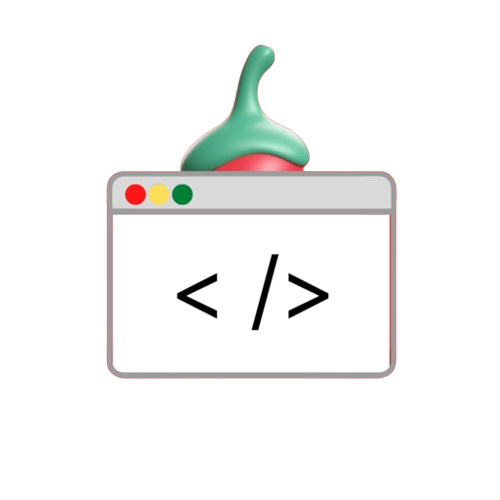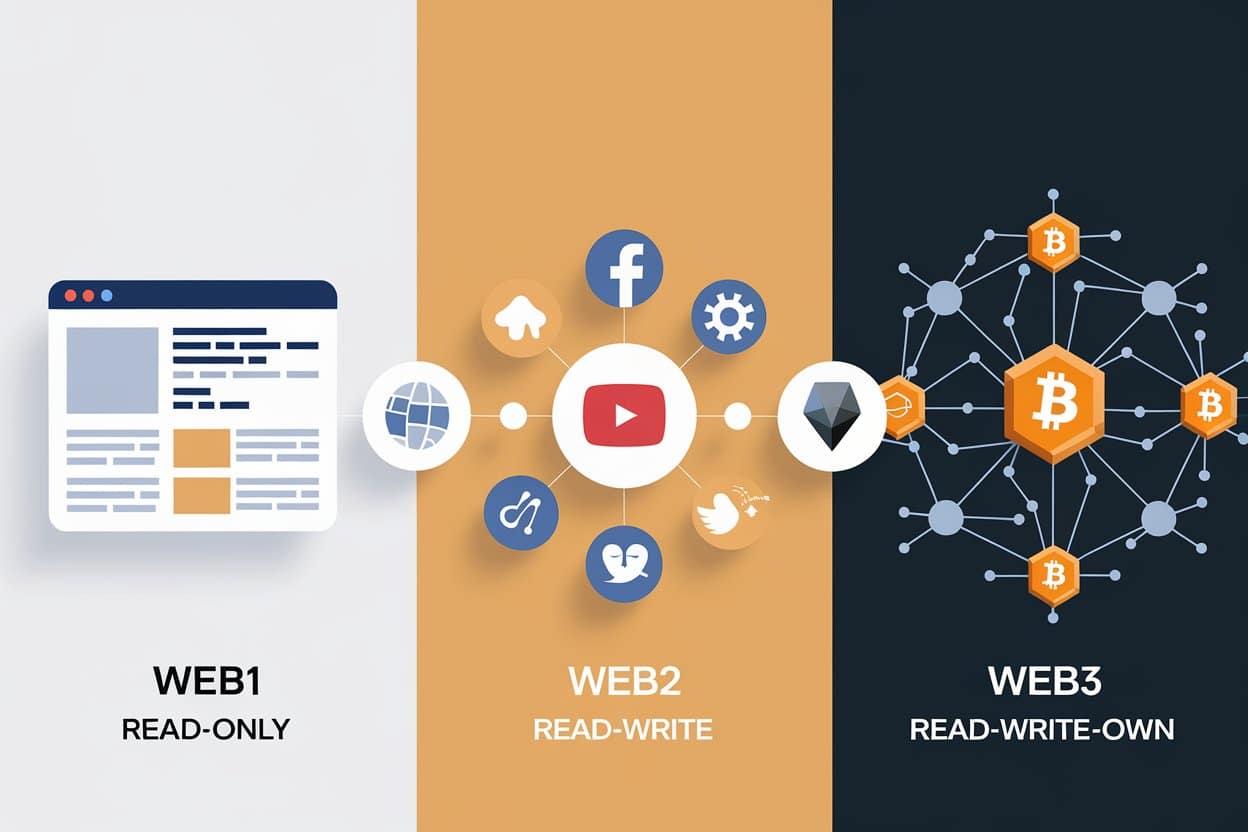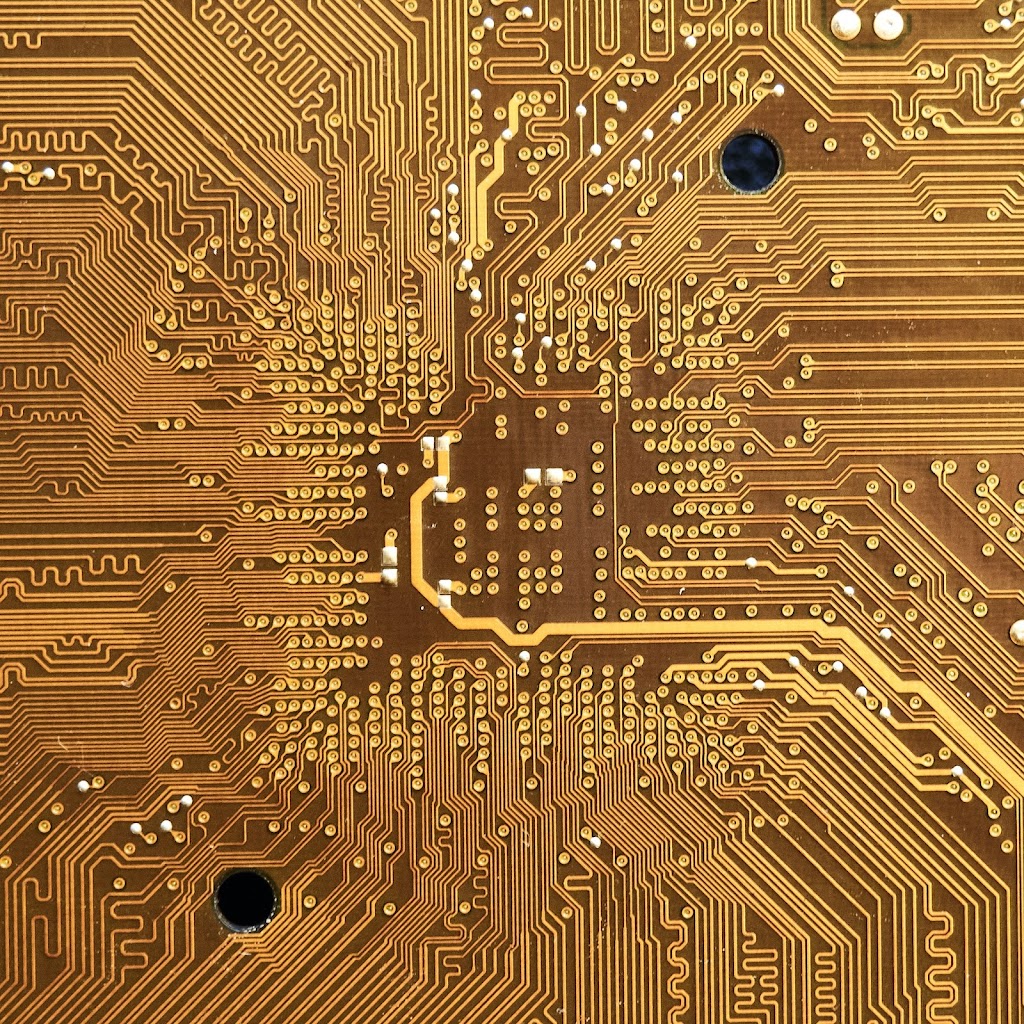The internet, as we know it, is undergoing a seismic transformation. We’re standing at the crossroads of an exciting digital evolution, one that promises to reshape the very fabric of how we engage, create, and transact online. This evolution is Web3—the next iteration of the internet.
What makes Web3 so compelling? Unlike its predecessors, Web3 isn’t just an upgrade in technology; it’s a paradigm shift. Web3 is designed to decentralize the internet, so that the major central authorities do not have access to those powers but instead distributed among users. It puts control back into the hands of users by leveraging the groundbreaking potential of blockchain technology.
In this blog, we’ll unravel what Web3 is all about—its core principles, the game-changing role of blockchain, and the vast possibilities it opens up for a fairer, more transparent digital world. Whether you’re a tech enthusiast, a blockchain beginner, or just someone curious about the future of the internet, this post will guide you through the essentials of Web3 and why it matters.
The future is decentralized, and it’s happening now. Let’s dive in.
Table Of Contents
Understanding Web3: A Deep Dive

To fully appreciate the transformative power of Web3, it’s essential to first understand how the internet has evolved. Each phase—Web1, Web2, and now Web3—marks a major leap in how we engage with the digital world. Let’s take a closer look:
Web1: The Read-Only Web
The first iteration of the internet, Web1, emerged in the early 1990s and extended into the early 2000s. Think of it as a digital library—a vast collection of static websites where users could find information but had limited ways to interact with it.
In essence, Web1 was like a one-way street: creators published content, and users simply consumed it.
Key Features of Web1:
- Static Content: People built websites using basic HTML, mostly displaying text and images.
- Limited Interaction: No comments, likes, or shares—users were passive readers.
- Centralized Control: Businesses or organizations primarily owned and managed the content.
While Web1 may seem traditional by today’s standards, it laid the groundwork for the internet’s growth and set the stage for the next phase.
Web2: The Read-Write Web
The early 2000s ushered in Web2, a more interactive and social version of the internet. This era was defined by the rise of platforms like Facebook, YouTube, and Twitter, where users could not only consume content but also create and share their own.
Suddenly, the web became a two-way conversation, transforming it into a dynamic, collaborative space.
Key Features of Web2:
- User Participation: People could create, share, and interact with content across social media and blogs.
- Centralized Platforms: While Web2 democratized content creation, it concentrated power in the hands of a few tech giants who controlled user data and platform policies.
- Monetization: Platforms profited from user-generated content, primarily through targeted advertising and data collection.
However, with these advancements came new challenges: privacy concerns, censorship, and the disproportionate economic benefits enjoyed by platform owners rather than the creators themselves.
Web3: The Read-Write-Own Web
Now we arrive at Web3—the next chapter of the internet’s evolution. Unlike its predecessors, Web3 is built on decentralization, shifting power from corporations to individuals. At its core, Web3 leverages blockchain technology to create a more equitable and user-driven internet.
In this new era, users aren’t just participants; they’re owners of their digital identities and assets.
Key Principles of Web3:
- Decentralization: Instead of centralized platforms, Web3 operates on distributed networks, reducing control by any single entity.
- User Ownership: Technologies like cryptocurrency wallets and NFTs (non-fungible tokens) give users true ownership of their digital assets and online identities.
- Trustless Systems: Blockchain and smart contracts enable direct, peer-to-peer interactions without the need for intermediaries.
- Enhanced Privacy: Users have greater control over their personal data, deciding how it’s used and who can access it.
Web3 isn’t just an upgrade—it’s a reimagining of what the internet can be. By cutting out intermediaries and empowering users, it opens up new opportunities for creators and everyday users alike.
The future of the internet is decentralized, and Web3 is leading the way.
The Power of Blockchain

At the core of Web3 lies blockchain technology—a groundbreaking framework that is changing the way information is stored, shared, and secured online. While many associate blockchain with cryptocurrencies like Bitcoin, its impact reaches far beyond digital currency. In fact, it’s the backbone of decentralization, enhanced security, and automated processes that are reshaping our digital world.
Let’s dive into how blockchain is transforming the internet.
Note- If you want to know more about Blockchain Technology. Consider Reading this article.
Decentralization: Taking Back Control
One of blockchain’s most revolutionary features is its ability to decentralize control. Unlike traditional systems that depend on centralized entities such as banks, tech giants, or government institutions, blockchain operates on a distributed network of nodes. This eliminates the need for intermediaries, giving users direct ownership of their assets and data.
How It Works:
- Data is stored across a network of computers instead of a single central server.
- Each participant (or node) holds a copy of the entire blockchain, ensuring no single entity has ultimate authority.
- Decisions are made collectively through consensus mechanisms like Proof of Work (PoW) or Proof of Stake (PoS).
Benefits for Users:
- Empowerment: Users manage their own digital assets—whether it’s cryptocurrency, identity information, or even digital art—without needing permission from third parties.
- Reduced Costs: By cutting out intermediaries, blockchain can make transactions faster and cheaper, especially for international payments or digital marketplaces.
Decentralization isn’t just a technical innovation—it’s a philosophical shift toward a more open, fair, and user-driven internet.
Security and Transparency: Building Trust
Blockchain is designed to be both secure and transparent, addressing many of the vulnerabilities that exist in traditional systems.
Key Security Features:
- Immutability: Once data is recorded on the blockchain, it cannot be altered or deleted. This guarantees the integrity of records, whether they’re financial transactions, legal documents, or supply chain logs.
- Encryption: Advanced cryptographic techniques safeguard user data, making it extremely difficult for hackers to tamper with the system.
Transparency in Action:
Every transaction is recorded on a public ledger that anyone can access. While personal details remain private, transactional data is openly available, fostering trust and accountability.
This combination of security and transparency makes blockchain an ideal solution for industries that require high levels of trust, such as finance, healthcare, and even government services.
Smart Contracts: Automating Agreements
One of the most exciting innovations in blockchain technology is the advent of smart contracts. These self-executing agreements automate transactions and processes based on predefined conditions, reducing the need for middlemen and minimizing human error.
How Smart Contracts Work:
- A smart contract is programmed with specific rules and conditions.
- When the conditions are met, the contract automatically executes. For instance, a payment might be released to a freelancer once a project milestone is completed.
- Smart contracts are stored and executed on the blockchain, ensuring transparency, security, and reliability.
By streamlining processes and cutting out intermediaries, smart contracts offer efficiency, cost savings, and trust—making them a game-changer across industries like real estate, insurance, and supply chain management.
Key Components of Web3
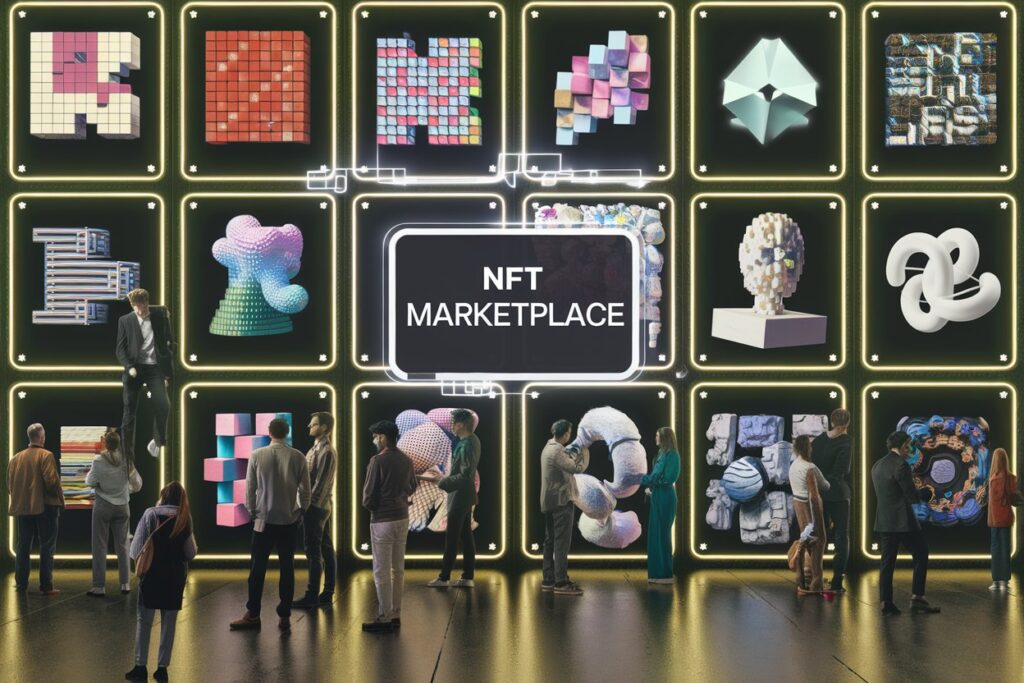
The Web3 ecosystem is built on several foundational pillars, each playing a vital role in shaping how this next-generation internet functions and evolves. From digital currencies to decentralized applications, these components underscore the transformative power of Web3 technologies.
Cryptocurrencies: The Backbone of Web3
Cryptocurrencies are much more than just digital cash—they’re the driving force behind the Web3 ecosystem. These blockchain-based assets facilitate peer-to-peer transactions without the need for traditional intermediaries like banks, making exchanges faster, more secure, and often more affordable.
Role in Web3:
- Borderless Transactions: Cryptocurrencies enable seamless cross-border exchanges, reducing reliance on centralized banking systems and making global transactions accessible to anyone with an internet connection.
- Utility Tokens: Many cryptocurrencies act as utility tokens, giving users access to decentralized platforms, applications, and services.
- Governance Tokens: Certain cryptocurrencies serve as governance tokens, allowing holders to vote on proposals and changes within decentralized communities, fostering a user-driven approach to platform development and decision-making.
From well-known assets like Bitcoin and Ethereum to emerging tokens, cryptocurrencies are powering the decentralized economy of tomorrow.
Decentralized Finance (DeFi): Redefining Finance
DeFi platforms are shaking up traditional financial systems by offering open and permissionless access to a wide range of financial services. Whether it’s lending, borrowing, or trading assets, DeFi removes the barriers typically imposed by centralized institutions, democratizing finance for a global audience.
Stay tuned as we explore more of Web3’s core components, from decentralized applications (dApps) to non-fungible tokens (NFTs), and how they’re shaping a new digital reality.
Key Features of DeFi
Decentralized Finance, or DeFi, is rewriting the rules of traditional finance by offering open, accessible, and transparent services that anyone with an internet connection can use.
- No Middlemen: Smart contracts replace traditional intermediaries like banks and brokers, automating financial processes and cutting out the middleman.
- Global Accessibility: DeFi platforms are open to anyone, anywhere, leveling the financial playing field for millions worldwide.
- Transparency: Every transaction and protocol is publicly verifiable on the blockchain, promoting trust and accountability.
Popular platforms like Uniswap and Aave are already making finance more inclusive, efficient, and transparent, laying the foundation for a decentralized financial system.
Non-Fungible Tokens (NFTs): Digital Ownership Redefined

NFTs are unique digital assets that prove ownership and authenticity of items like art, videos, music, or even virtual real estate. Unlike cryptocurrencies, which are interchangeable, each NFT is one of a kind.
Applications of NFTs:
- Digital Art: Artists can sell their creations directly to buyers and earn royalties through smart contracts, creating new opportunities for independent creators.
- Gaming: Players can own and trade in-game assets that hold real-world value, blurring the line between virtual and physical economies.
- Collectibles: From digital trading cards to virtual land, NFTs are transforming how we think about collectibles in the digital age.
Although still in its early stages, the NFT market is reshaping how we perceive ownership and value in the online world.
Metaverse: Building Immersive Digital Worlds
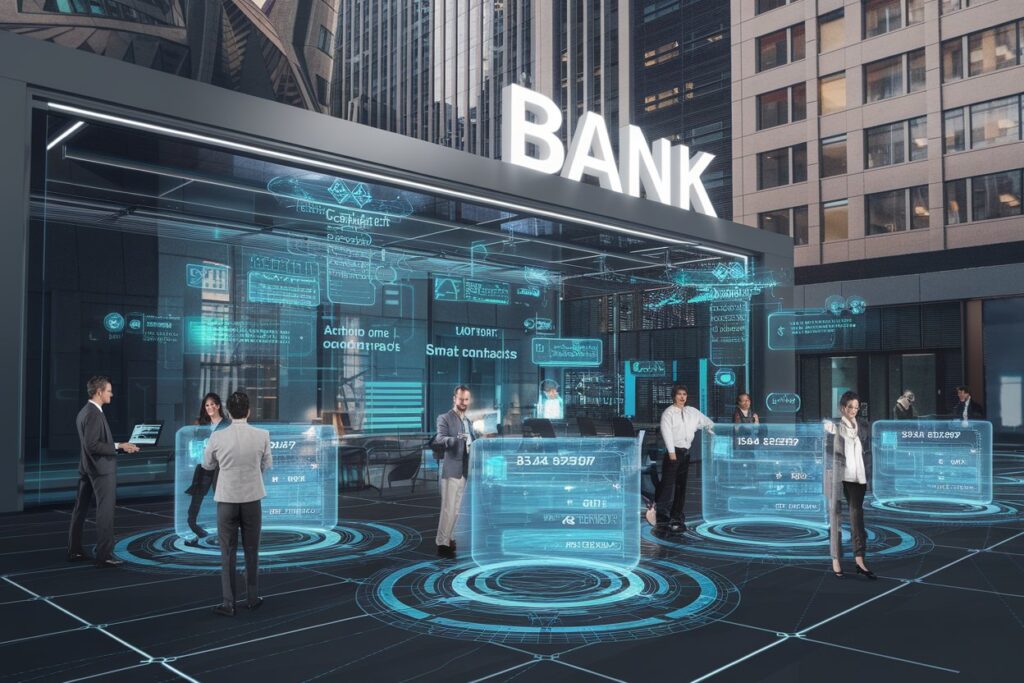
The metaverse is an interconnected virtual universe where users can interact, work, and play. Web3 technologies are key to bringing this vision to life.
Web3’s Role in the Metaverse:
- Digital Ownership: Blockchain allows users to own virtual land, avatars, and assets within the metaverse.
- Seamless Economy: Cryptocurrencies enable fluid transactions within virtual worlds.
- Decentralized Governance: Users can participate in shaping the rules and evolution of these digital spaces.
Platforms like Decentraland and The Sandbox are early examples of how Web3 can make immersive virtual experiences a reality.
Data Privacy and Security: A Safer Digital Landscape
Web3 addresses one of the internet’s most pressing issues: protecting user data and privacy.
Key Innovations:
- Self-Sovereign Identity: Users control their digital identities, deciding when and how to share personal information.
- Encrypted Transactions: Blockchain ensures data remains private and secure during exchanges.
- Trustless Interactions: Smart contracts facilitate agreements without exposing sensitive information.
Web3 shifts power away from corporations, giving users control over their data and digital presence.
Conclusion
Web3 is more than just the next step in internet evolution—it’s a complete reimagining of how we interact with the digital world. By shifting power from centralized institutions to individuals, Web3 empowers users with unprecedented levels of ownership, transparency, and privacy. It brings together the strengths of blockchain, cryptocurrencies, decentralized finance (DeFi), NFTs, and decentralized applications (DApps) to build a fairer, more inclusive internet.
But like any transformative movement, Web3 faces its share of challenges. Issues like scalability, accessibility, and the need for widespread education will require continuous innovation and collaboration. The journey ahead may not be without obstacles, but it’s one filled with immense potential.
By taking the time to explore and understand these emerging technologies, we can position ourselves to harness the opportunities they offer while navigating their complexities.
As Web3 evolves, its impact will ripple across industries—from reshaping finance and healthcare to revolutionizing entertainment and education. The way we live, work, and connect is poised to change in ways we’re only beginning to imagine.
Whether you’re a creator building new digital experiences, a developer pushing the boundaries of what’s possible, or simply a curious observer, embracing the principles of Web3 will allow you to be part of this exciting new era. The future is decentralized—and it’s just getting started.
